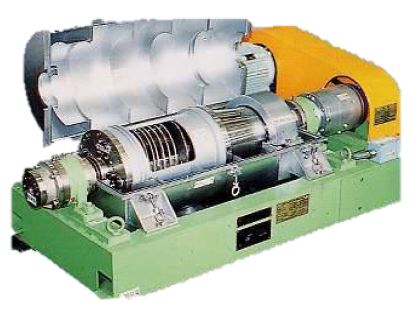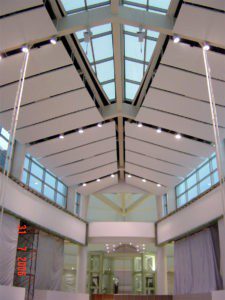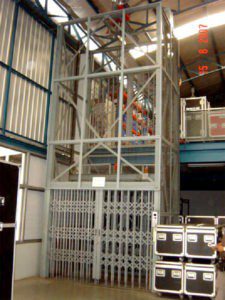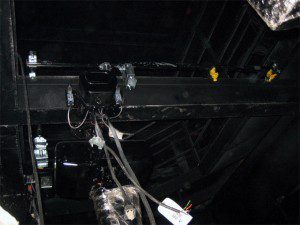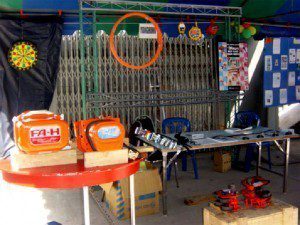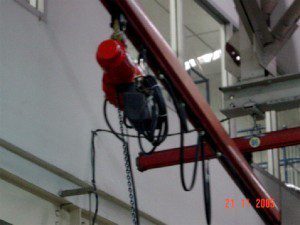A dehydrator is a device used to separate sediment and water. It is in the final stage of industrial wastewater treatment.
The dehydrator is divided into 4 types as follows.
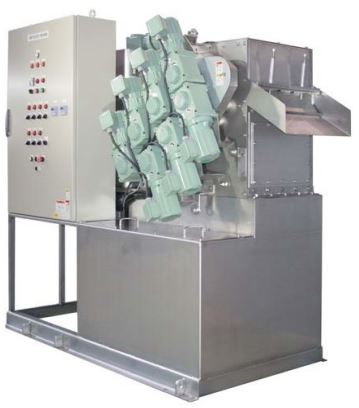
1. Multi-Disc Dehydrator : It is a highly efficient dehydrator. has a modular structure which combines all necessary accessories And it is easy to install and very compact compared to belt design dehydrators and centrifugal design dehydrators. The dehydrator is designed with low noise. reduce energy consumption and requires less water to wash Therefore, it is an economical and environmentally friendly method for dewatering applications.
By Tsurumi dehydrator
MDQ-MDC Series : Used for wastewater treatment in general industrial systems good quality Cost-effective from Japan
JD Series : Capable of extracting sludge with low to high concentrations. can remove oily sludge no clogging It also reduces the cost of sludge disposal.
Dehydration Process of Multi-Disc Dehydrator : JD Series
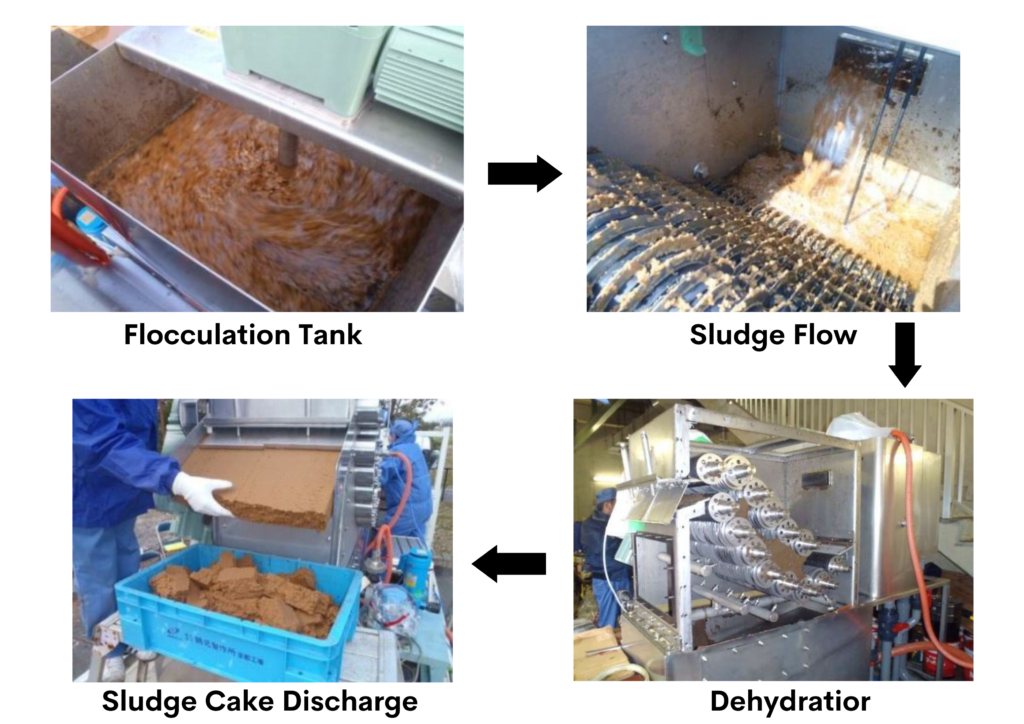
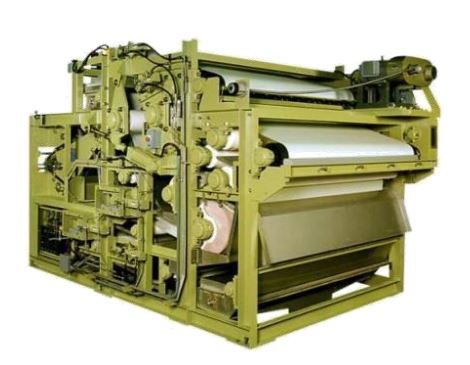
2. Belt-Press Dehydrator : It is a machine that is commonly used in wastewater treatment systems. Because it can manage the sludge continuously and get quite a lot of dry sludge (Sludge Cake) The amount of sludge extraction depends on the width of the belt (Sludge Belt). The machine is semi-enclosed. And the roller rotates at a very low speed, so the sludge does not spread. and low operating noise or vibration
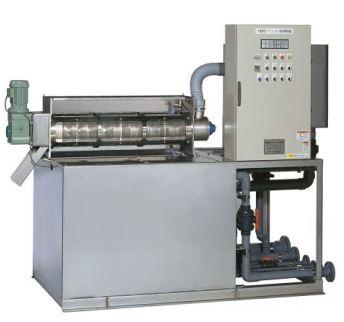
3. Screw- Press Dehydrator : It uses the principle of sediment movement using screws or dowels. Move the sediment through the Moving and Fixed Rings. It is a machine used in the sediment extraction of the wastewater system, suitable for all types of industries. with the problem of too much sludge causing an effect in the wastewater treatment system.
4. Centrifugal Dehydrator : It removes water from the centrifugal design, known as centrifugal design dehydrator Works on the principle of spinning or rotating materials at high speed. causing the moisture to be expelled due to the centrifugal force that occurs Centrifugal dehydrators are commonly used in industries such as food processing. wastewater treatment and textile production Effective in removing moisture from solids and capable of handling large volumes of material. May not be suitable for all materials. and may require careful control of speed and operating parameters.
